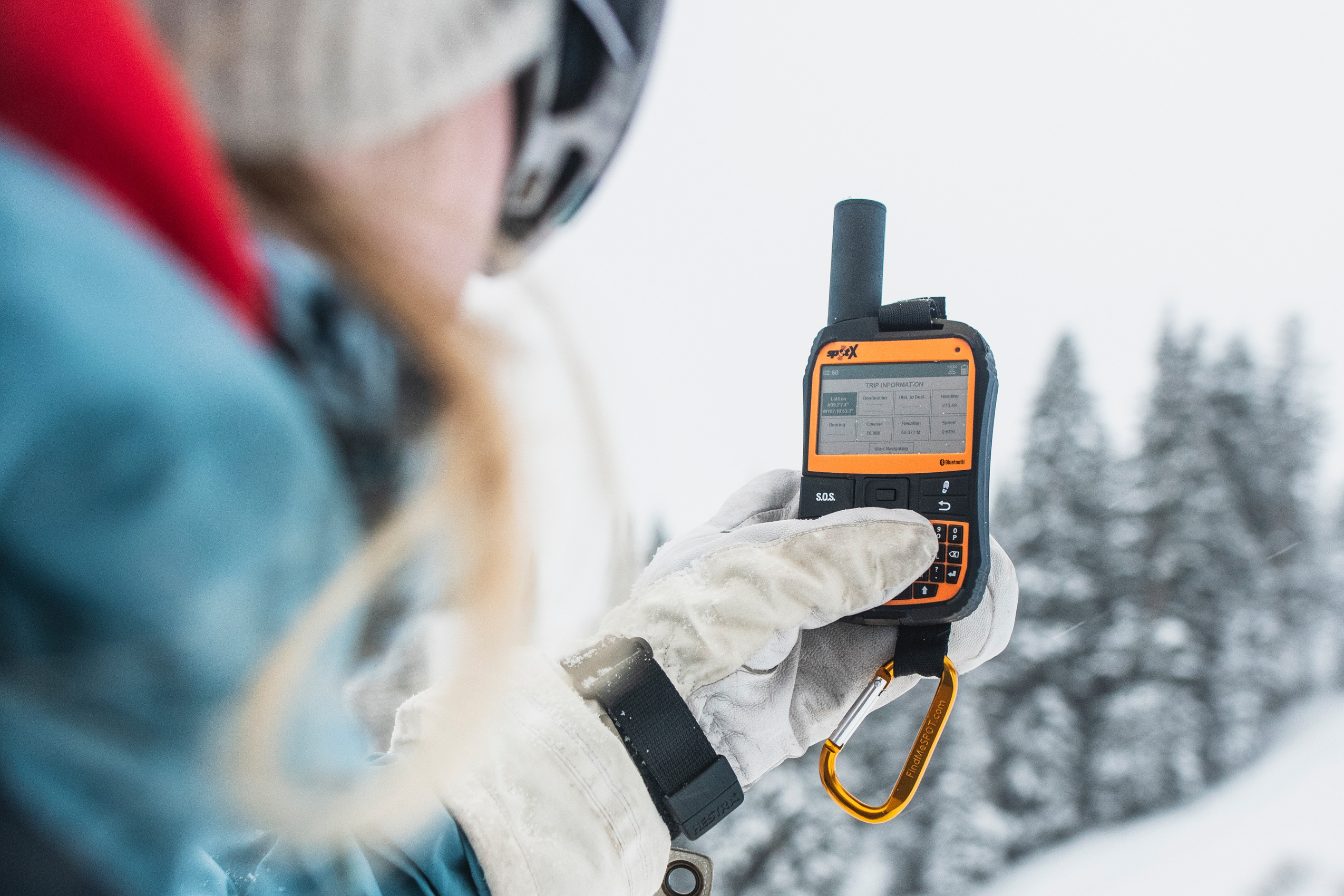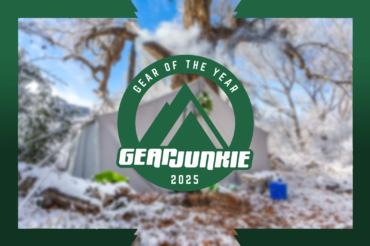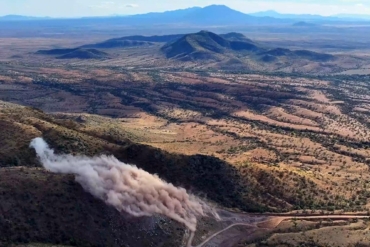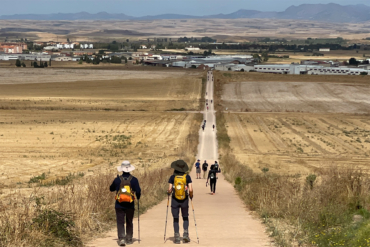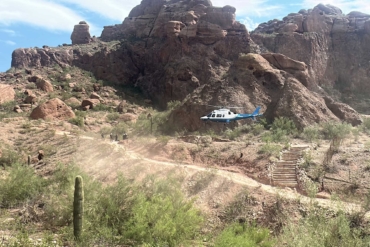It was a mad scene. Whitnye Raquel sat in the Supai Village school cafeteria with hundreds of other frantic, displaced campers. Around her, names were being called out in near hysterics, including Chenoa Nickerson, a 33-year-old whose body would be recovered 3 days later — and 20 miles down the Colorado River.
Later that day, Raquel desperately scrambled onto the very last guide helicopter leaving Supai Village. The National Guard would soon send in Black Hawk helicopters to assist in the final evacuation. But no one else was flying out until they arrived.
That was August 22, after a flash flood ripped through Arizona’s Havasu Canyon, devastating the trail system, campground, and local community infrastructure. On Sept. 30, over a month since the devastation, the extremely popular tourist destination will reopen to visitors. But while monsoon season will be over, survivors of the catastrophic flood worry more lives will be put at risk if emergency services and preparedness aren’t prioritized in Havasu Canyon.
“Somebody died. I just feel like the call to action is the most important point of this whole thing,” Raquel told GearJunkie when we spoke following her evacuation. “This is going to deter tourists unless something is learned from it.”
Unless more emphasis is placed on emergency preparedness and resiliency, situations like this one could repeat. Experts know extreme weather events are becoming more common and intense with climate change. As Raquel pointed out, that not only threatens the lives of the community and its visitors, but it also threatens the tribe’s main source of income.
With little over a month since the closure, it seems unlikely to Raquel and others that any serious changes have been made.
Chaos at Havasu Falls: What Can Be Learned From the Flood?
Havasupai Campground in Havasu Canyon accommodates up to 300 campers, and backpacking permits are usually maxed out. It’s a densely populated area at the base of a canyon where flash floods occur semi-regularly. The community and campground are particularly vulnerable to these extreme weather events.
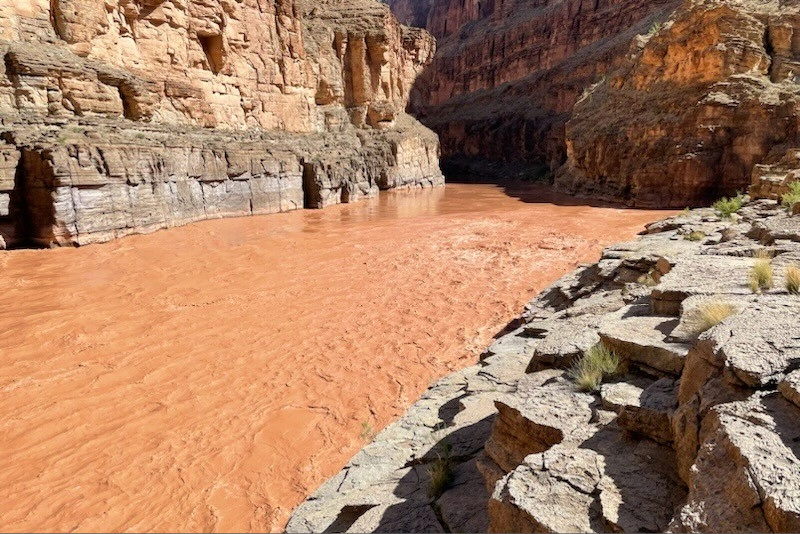
The last time a flood event of this size occurred in Havasu Canyon was in 2022. It destroyed several bridges, downed trees, and damaged trails, though no lives were lost. In 2023, another flash flood similarly forced campers to evacuate the campground.
These events prompted the Biden administration in July 2024 to grant the Havasupai Tribe $933,000 in federal grants and assistance to fund a flood warning system and siren.
GearJunkie reached out to three spokespeople for the Havasupai Tribe and its general information account numerous times for this story. We never received a response.
For survivors of the August 22 flash flood, like Raquel, such a system seems like a no-brainer. According to her, a simple siren alarm would have been effective, echoing through the canyon and alerting people to the threat. Boulder, Colo., and other areas prone to flash flooding use siren alarms to warn people of oncoming floods.
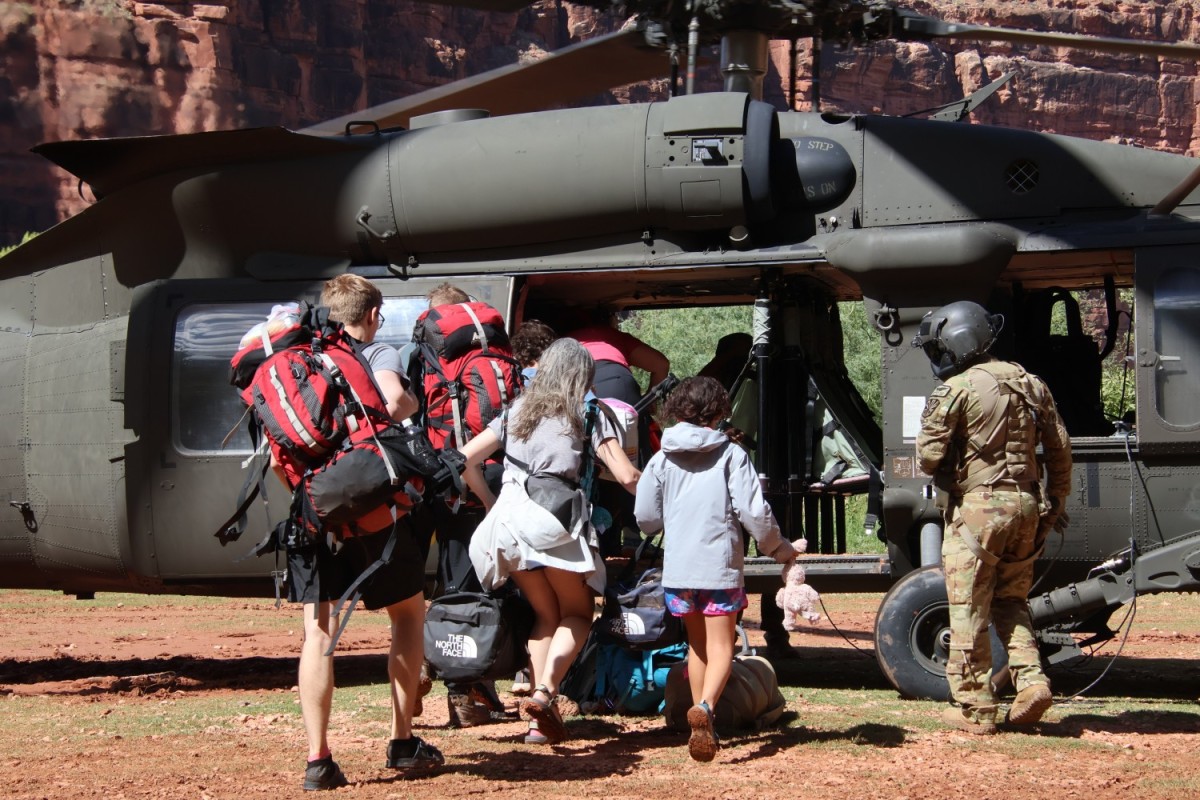
Another option would be to create a similar system to the one that Grand Canyon National Park (GCNP) is launching this year. Joëlle Baird, the public relations officer at GCNP, explained that Grand Canyon River Alerts is designed to work with satellite messaging devices. It automatically texts people who have signed up, warning them if there is an incoming flash flood.
“This initiative is targeted at river users. We see about 30,000 boaters coming down the river every year,” Baird told GearJunkie. “This is the first system that we’ve implemented throughout the entire country that has this type of direct messaging for satellite messaging devices.”
The Grand Canyon River Alerts system relies on people checking their satellite communication devices regularly for emergency alerts. If that’s off, they won’t see the warning. But in an area where cell service is almost nonexistent, Baird said such a system could be a lifeline.
Until now, park rangers’ best method for alerting people of flash floods was the same one used at the Havasu campground: Talking to visitors face-to-face.
Damage Done, Restoring, Reopening
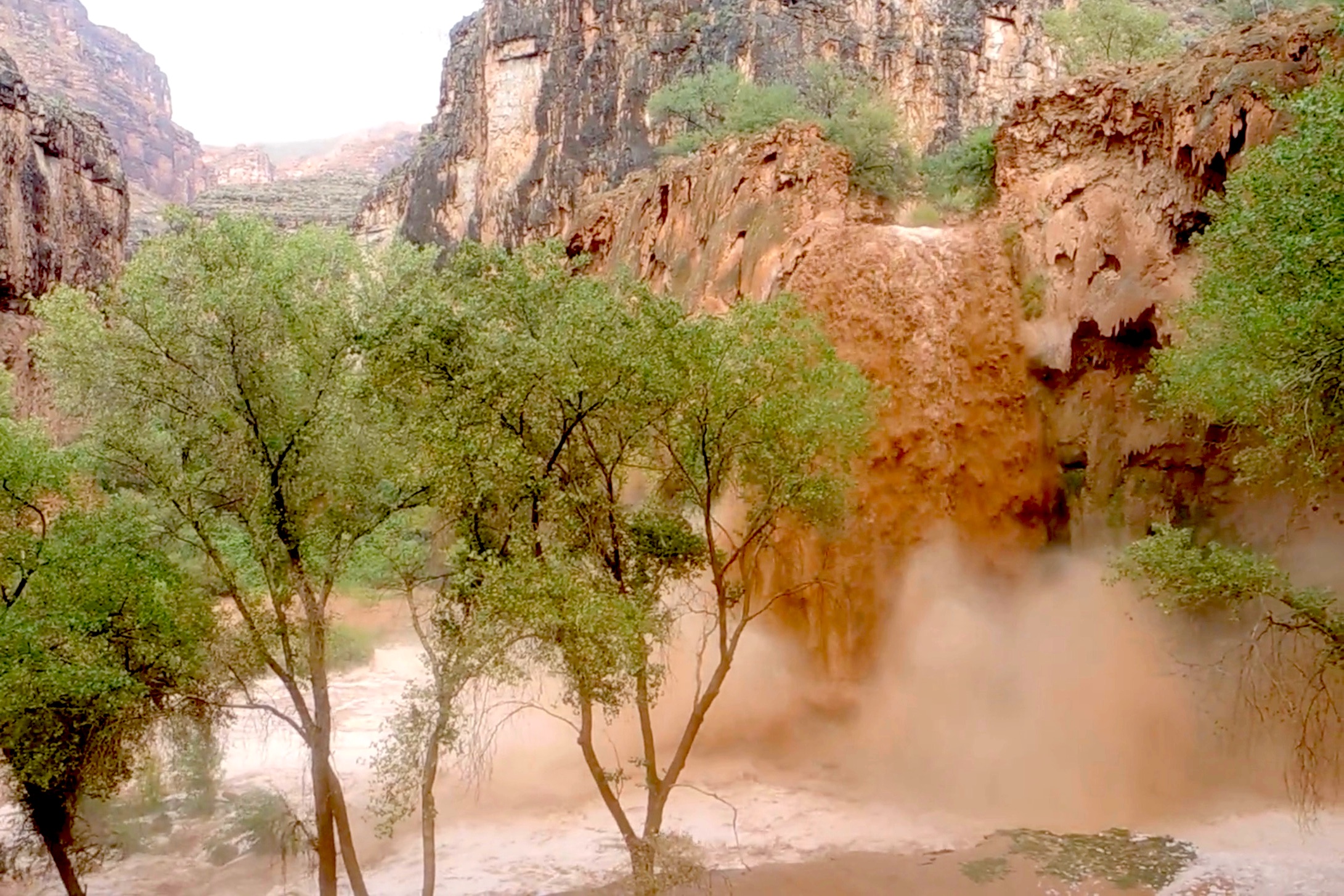
Without speaking with someone from the tribe, there is no way to know how extensive the damage to Havasu Canyon, and the Supai Village truly is.
But according to the webpage for the Havasupai Relief Fund, “the main trail to Supai Village, trails within the village, tribal member homes, public utility systems and the campgrounds” were all badly damaged. The trails were deemed “impassable.”
The flood may have also dramatically altered some of the iconic landscape in Havasu Canyon.
Camper tourism is the Havasupai Tribe’s main source of income. It sees upward of 30,000-40,000 visitors from February to November every year, issuing roughly 100 permits a day. At $455 per 3-night permit, that’s well over $10 million per year. That doesn’t even factor in revenue from pack mule reservations, helicopter flights, and lodge rooms.
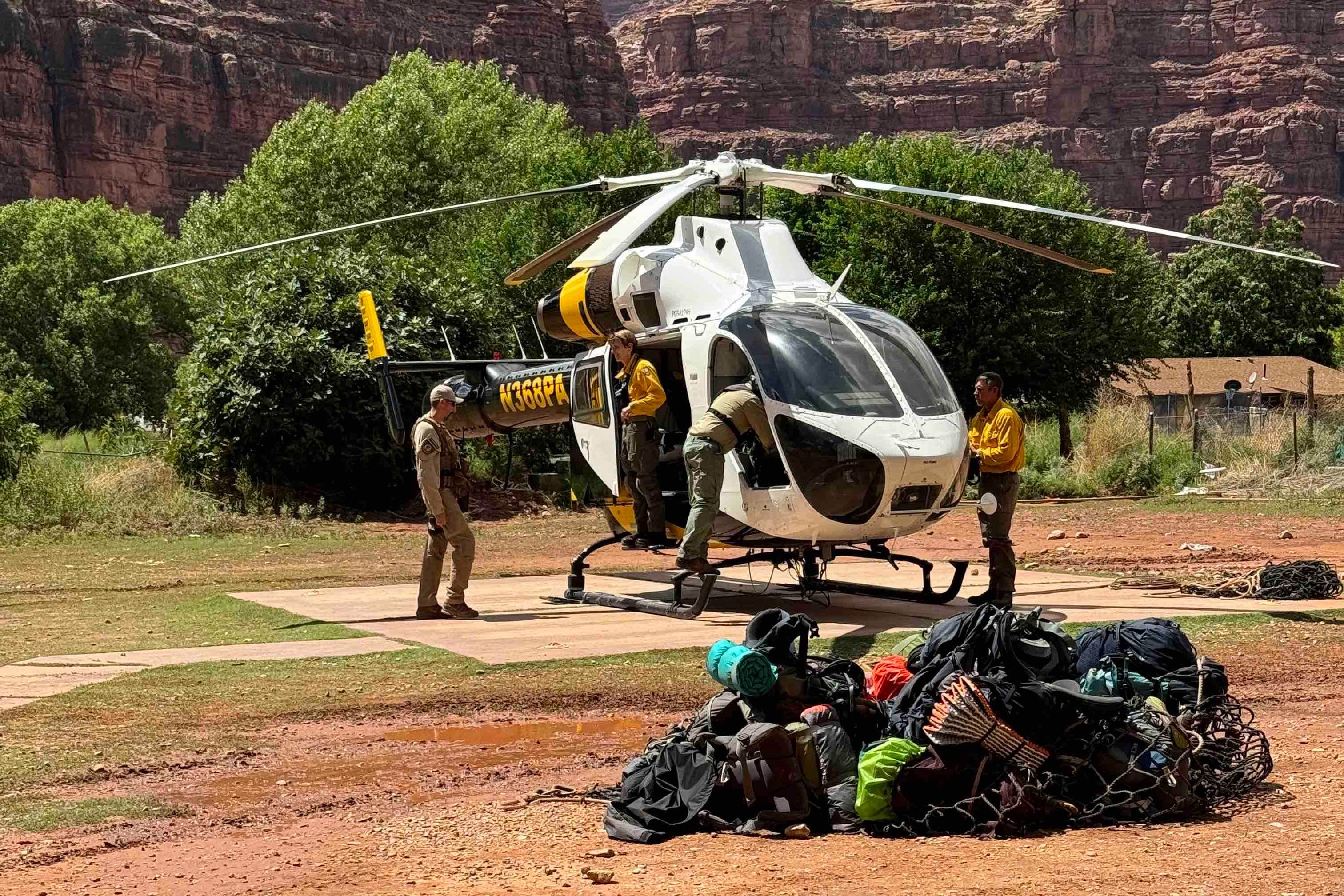
It’s no wonder the tribe is eager to reopen following such a massive flood. The camping season ends on November 30 in Havasu. That leaves the tribe just 2 months to continue business operations before closing again for the winter.
If you had reservations between August 22 and September 30, the Havasu Reservations webpage says it is offering a “one-time opportunity” to reschedule the trip to another available date before the end of the 2024 tourism season or to an available date in the 2025 tourism season.
Revitalizing Havasu Canyon: Change Will Take Time
For Raquel, and many others, the Havasu flood came on the heels of one of the best camping trips of her life. The flash flood happened on the last day of her visit as she was preparing to head out. She sought refuge in Supai Village and was sheltered in the school cafeteria with hundreds of other frantic people.
“All of these campers were coming in from the campground with more and more horrific stories: ‘I lost my tent;’ ‘My daughter was floating off in her tent with it zipped up;’ and ‘My son was clinging to a tree,'” Raquel recounted. “We were hearing all campers were accounted for. But there was absolutely no way … it looked like a bomb had gone off in the campground.”
When Raquel spoke with a tribal spokesperson following her evacuation, she said they didn’t sound very “hopeful or proactive” about installing a new emergency alert system any time soon. But she still has hope that improvements will be made to protect people — or if nothing else, at least to preserve the tribe’s tourism income.
“I’m struggling to see glimmers of change, but I won’t give up,” she said. “[I’m] trying to keep in mind that their community is trying to heal as well. And change, if any is to come, will take time.”

